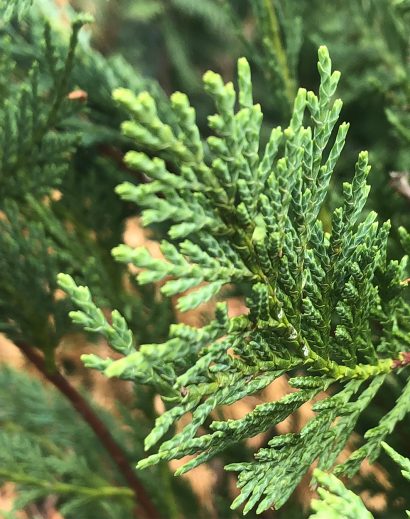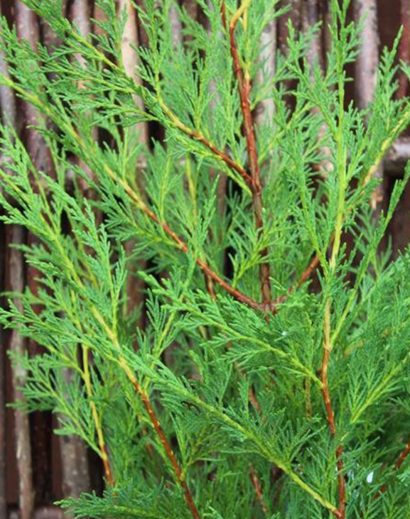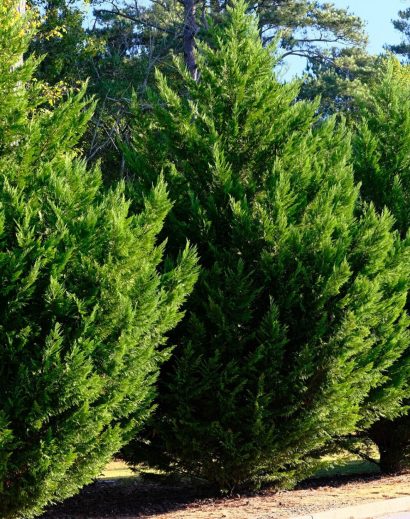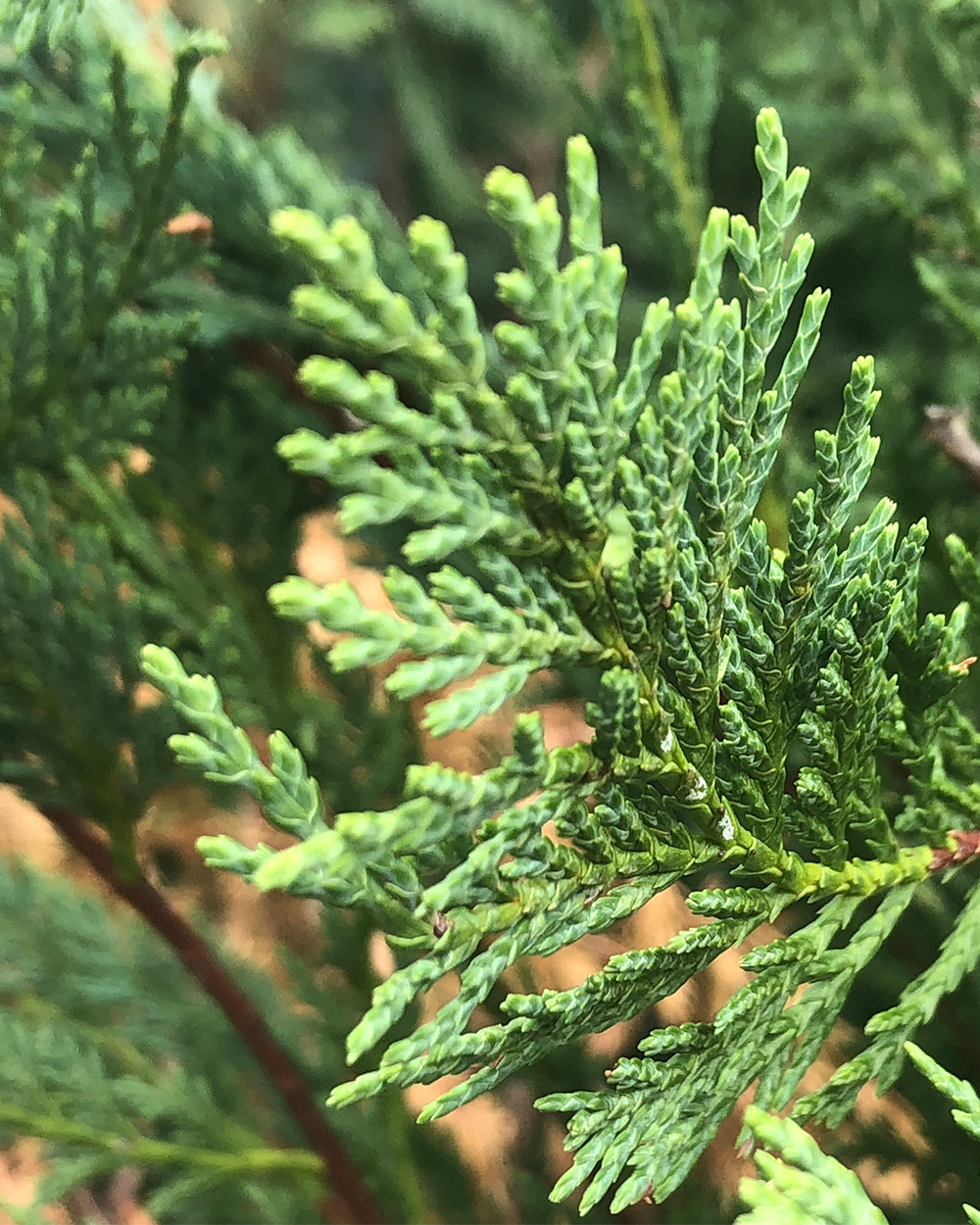The Leyland cypress (x Cupressocyparis leylandii) is a popular evergreen tree that is commonly used for landscaping and hedging purposes. It is a hybrid tree that was created by crossing the Monterey cypress (Cupressus macrocarpa) and the Alaskan cedar (Callitropsis nootkatensis). Here are some key characteristics and information about the Leyland cypress:
- Appearance: Leyland cypresses are tall, slender trees that can reach heights of up to 60 to 70 feet (18 to 21 meters) or even more in ideal conditions. They have a pyramidal to columnar shape and dense, dark green foliage. The foliage consists of small, scale-like leaves arranged in flattened sprays.
- Growth Rate: Leyland cypresses are known for their rapid growth rate. They can grow several feet per year when young, making them a popular choice for creating privacy screens and windbreaks.
- Uses: Due to their fast growth and dense foliage, Leyland cypresses are often used as hedging plants, windbreaks, or privacy screens. They can also be planted as specimen trees in larger landscapes.
- Maintenance: These trees require regular pruning to maintain their shape and prevent them from becoming too dense. Pruning is typically done in late winter or early spring. Leyland cypresses prefer well-drained soil and can tolerate a variety of soil types. They are relatively drought-tolerant once established but benefit from regular watering, especially during dry periods.
- Sunlight: Leyland cypresses thrive in full sun but can tolerate some partial shade.
- Disease and Insect Issues: While Leyland cypresses are generally hardy, they can be susceptible to certain diseases and pests, such as canker diseases and spider mites. Proper care and maintenance, including pruning to improve air circulation, can help prevent these issues.
- Environmental Considerations: Planting Leyland cypresses too close together or using them as a monoculture in a landscape can lead to issues with disease and poor growth. Additionally, their rapid growth can make them invasive in some areas, as they can outcompete native vegetation.
- Alternative Choices: Because of the potential for disease and invasive growth, some gardeners and landscapers choose alternative evergreen trees or shrubs for hedges and windbreaks, such as arborvitae (Thuja), junipers, or native species.
It’s important to consider your specific landscaping needs, local climate, and environmental factors when choosing whether or not to plant Leyland cypresses. Proper care and maintenance are key to ensuring their health and longevity in your landscape.






Reviews
There are no reviews yet.